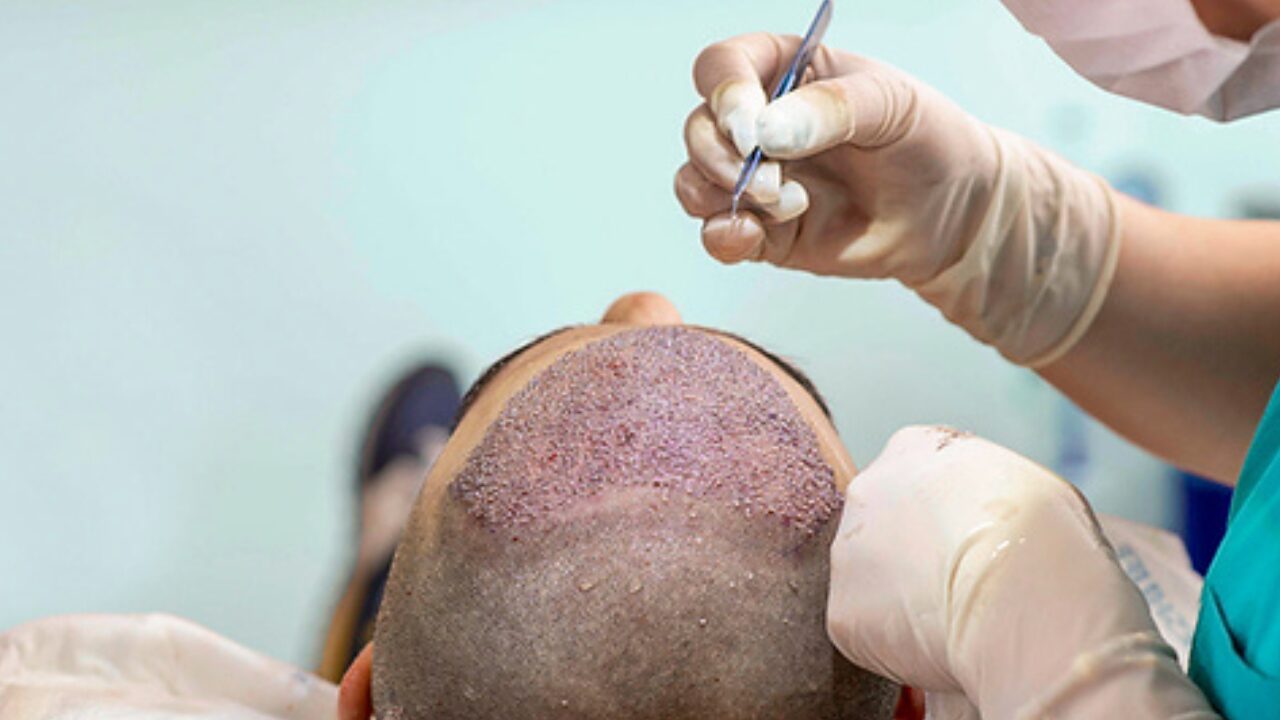The Science Behind Hair Transplants

Hair loss can feel like an uphill battle. Whether it creeps up with age, follows a stressful life event, or is a genetic hand-me-down, losing hair can leave many feeling frustrated and self-conscious. Enter hair transplants—a beacon of hope for those ready to tackle thinning or balding head-on. But what happens during a hair transplant? Is it as futuristic as its reputation? Here’s an in-depth look at the science behind this life-changing procedure.
What Exactly Is a Hair Transplant?
A hair transplant is a surgical procedure that moves hair follicles from one part of your body (often called the “donor site”)—typically the back or sides of your head—to areas experiencing hair loss (your “recipient site”). It’s redistributing your existing hair to fill areas that need it most.
The process is designed to blend seamlessly with your natural hair, leaving you with fuller locks that grow just like the rest of your hair. And the best part? This isn’t some temporary fix; hair transplants from hairy.co.uk are a durable solution that can grow with you for years.
How Does It Work?
Here comes the science! Hair transplants involve two main methods—Follicular Unit Transplantation (FUT) and Follicular Unit Extraction (FUE). Both have merits, and surgeons typically choose one based on your needs. Here’s how they differ:
Follicular Unit Transplantation (FUT)
FUT, often referred to as ‘strip surgery,’ involves a procedure where a strip of scalp is removed.
- A small strip of skin is removed from the back of your scalp.
- Hair follicles are separated meticulously under a microscope.
- These follicles are implanted into the areas experiencing hair loss.
FUT can often transplant many follicles in one session, making it ideal for covering bald spots. However, this method does leave a linear scar (though it’s usually hidden under your surrounding hair).
Follicular Unit Extraction (FUE)
FUE, on the other hand, is a less invasive option. Here’s how it works:
- Hair follicles are extracted individually from the donor area using tiny, circular incisions.
- They’re carefully implanted into the recipient area.
Because FUE doesn’t involve removing a strip of skin, it has minimal scarring and a quicker recovery time. While it might take longer to perform than FUT, FUE has become increasingly popular due to its natural-looking results and less invasive nature.
What About Hair Growth?
Here’s where things might test your patience. Post-transplant, your newly implanted hair will temporarily shed before it starts to grow. This is normal—new hair follicles enter a dormant phase after implantation, which can last several months. Once they “wake up,” you’ll notice steady growth, and within a year, your complete, luscious hair should take shape. Think of it as planting seedlings—you’ll need patience before watching them bloom.
Why Does a Hair Transplant Work?
Hair transplants rely on what’s known as “donor dominance.” The hair on the back and sides of your head is typically more resistant to hair loss than the top. By relocating these resilient hair follicles to thinning areas, you borrow hair with stronger genetic traits, creating a more permanent solution to hair loss.
And because transplanted hair retains its original properties, it carries its strong, non-balding DNA once it’s in place. That means you can style, cut, and treat it just like the rest of your hair.
Who Makes an Ideal Candidate for a Hair Transplant?
Hair transplants aren’t for everyone. Here are some factors that might make you a good candidate:
- Stable Hair Loss: Replants are more likely to meet the procedure requirements if your hair loss has plateaued.
- Healthy Donor Hair: The procedure requires you to be on your head. Typically, the back of your scalp serves as the donor area.
- Overall Health: Like any surgery, you must be healthy before a hair transplant.
Who Might Not Be a Good Fit?
- People with extensive hair loss and minimal donor hair may not get the results they’re hoping for.
- Those with certain medical or scalp conditions may be advised against the procedure.
Consulting with a qualified surgeon is the best way to determine if a hair transplant is right for you.
The Benefits of Hair Transplants
Why are hair transplants becoming such a sought-after solution? Here are some key benefits:
- Long-Lasting Results: Unlike wigs or other temporary fixes, hair transplants produce hair that regrows naturally over time.
- Natural Appearance: Your hair is used in the transplant, which means a seamless blend with your existing locks.
- Boost in Confidence: It goes without saying—that the psychological benefits of looking in the mirror and loving your reflection are priceless.
Are There Risks?
Hair transplants, like any surgical procedure, carry certain risks:
- Scarring: While FUE leaves minimal scarring, FUT can result in a visible linear scar.
- Temporary Shedding: Don’t be alarmed if your transplanted hair falls out post-surgery. This stage is regular and temporary.
- Cost: Hair transplants can be pricey, and they’re not typically covered by insurance.
The good news? When performed by a skilled surgeon, complications are rare, and the results are well worth the investment.
Things to Keep in Mind
Before going under the knife (or scalpel), keep these tips in mind:
- Do Your Homework: Research surgeons, clinics, and the type of procedure you’re considering.
- Have Realistic Expectations: While hair transplants can be life-changing, they’re not magic. You’re redistributing your existing hair—not creating new follicles.
- Prepare for Recovery: It takes time to heal, so plan for some downtime post-surgery.
READ MORE
Is a Hair Transplant Right for You?
The science behind hair transplants is nothing short of remarkable. By blending advanced techniques with an understanding of hair growth, surgeons transform lives one strand at a time. But here’s the truth: they’re not for everyone, and every person’s hair loss journey is unique.
If you are interested in this blog, consult a trusted professional. Ask questions, explore your options, and find the right solution.
